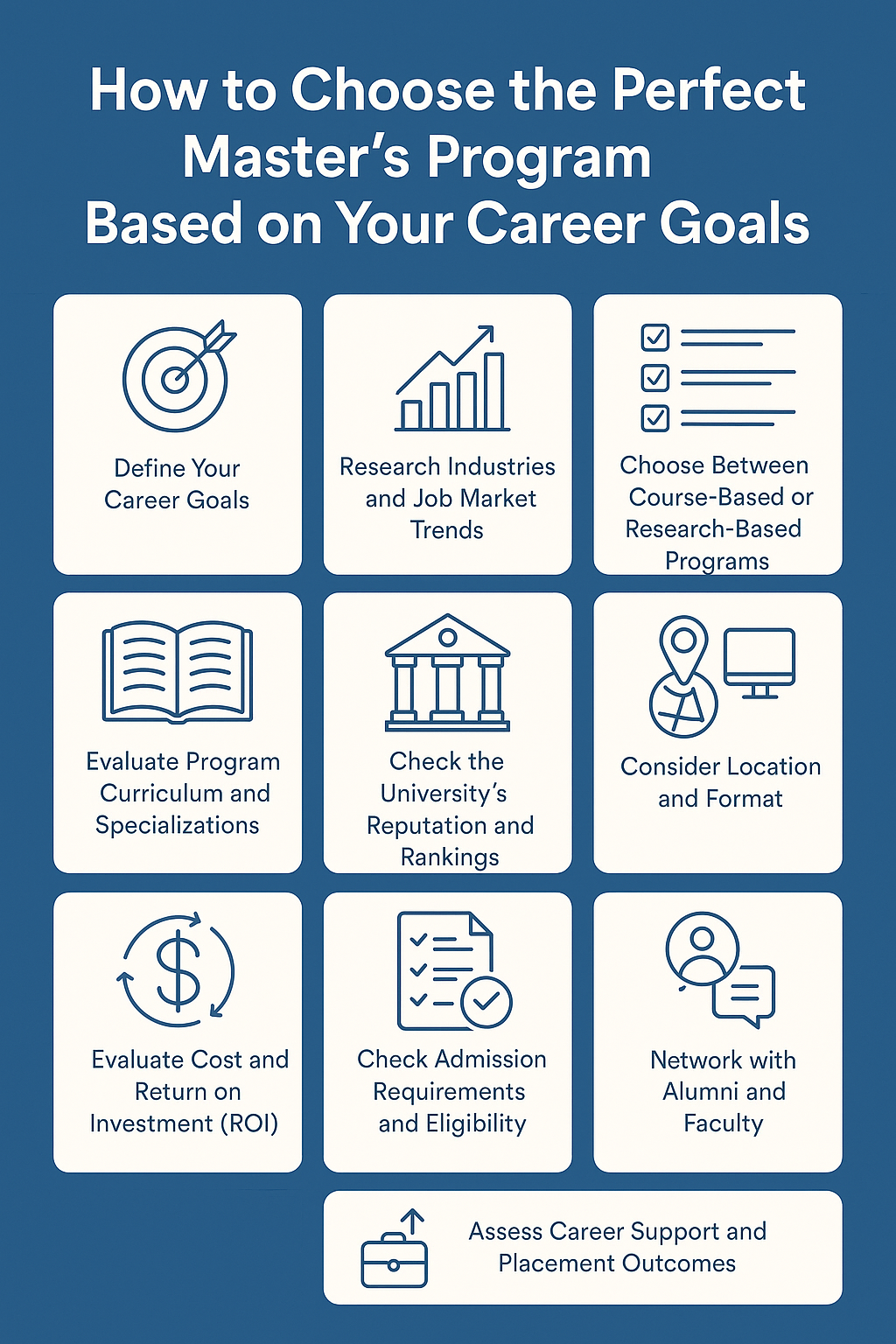Scholarship essays are a crucial part of the application process, and writing a winning one can make all the difference in securing financial aid for your education. Whether you’re applying for a merit-based scholarship, a community service award, or a need-based grant, your scholarship essay is your opportunity to showcase who you are, what you’ve accomplished, and how you plan to use the scholarship to achieve your goals.
In this guide, we’ll walk you through everything you need to know about writing a standout scholarship essay. From brainstorming ideas to perfecting your final draft, we’ll provide you with expert tips and tricks to help you write an essay that captures the attention of scholarship committees and increases your chances of winning.

Why Your Scholarship Essay Matters
Scholarship committees often have hundreds, if not thousands, of applications to review. Your essay is your chance to stand out in a crowded field and give the committee a deeper understanding of who you are beyond your grades, test scores, and extracurricular activities. A well-written, thoughtful essay can help you:
- Showcase Your Personality: Your essay is a reflection of your values, goals, and unique experiences.
- Demonstrate Writing Skills: Scholarship committees look for students who can communicate clearly and persuasively.
- Highlight Your Achievements: Your essay is an opportunity to explain how your experiences, whether academic, extracurricular, or personal, have prepared you for the next step in your educational journey.
- Address the Scholarship’s Criteria: Many scholarships have specific criteria that applicants need to address. A winning essay will tailor your response to these requirements.
With that in mind, let’s dive into the steps for writing a winning scholarship essay.
Step 1: Understand the Prompt
Before you start writing, take time to fully understand the scholarship essay prompt. Scholarship committees are looking for specific information, so it’s crucial to answer the question directly. Here are a few things to consider when reviewing the prompt:
- What is the main theme or question? Identify the key focus of the prompt. Is it asking you about your future goals, your community involvement, or how you’ve overcome obstacles?
- What are the scholarship’s values or criteria? Look for clues in the prompt about what the organization values most. Do they prioritize leadership, academic achievement, or volunteerism? Tailor your essay to reflect these values.
- Are there specific instructions or requirements? Some prompts have word count limits, formatting guidelines, or specific questions you need to answer. Make sure you follow these instructions closely to avoid disqualifying your application.
Once you’ve reviewed the prompt, take notes about the key points you need to cover. This will guide your brainstorming process and ensure that your essay is relevant and on-point.
Step 2: Brainstorm Ideas
Now that you understand the prompt, it’s time to brainstorm ideas for your essay. You want to choose a topic that not only addresses the prompt but also highlights your strengths, experiences, and goals. Here are a few brainstorming strategies to help you find the perfect angle for your essay:
1. Reflect on Personal Experiences
Think about significant experiences that have shaped who you are. These could include challenges you’ve faced, accomplishments you’re proud of, or moments that had a lasting impact on your life. Reflect on how these experiences relate to the scholarship’s criteria and how they have prepared you for the future.
2. Consider Your Long-Term Goals
Many scholarship essays ask about your career or academic goals. Think about your plans for the future and how the scholarship will help you achieve them. Be specific—committees want to hear about your passion and the steps you’ll take to reach your goals.
3. Show How You’ve Made an Impact
If the scholarship values community service or leadership, think about how you’ve contributed to your school, neighborhood, or family. Share examples of how you’ve made a difference, whether through volunteer work, leadership positions, or personal projects.
4. Identify Challenges You’ve Overcome
Many scholarships want to hear about obstacles you’ve overcome. These can include financial hardships, family challenges, health issues, or other personal struggles. Focus on how you faced these challenges, what you learned, and how they’ve shaped you into the person you are today.
5. Align with the Scholarship’s Mission
Look at the mission or values of the organization offering the scholarship. If they’re focused on education, discuss your academic journey and how you plan to use your education to make a difference. If the scholarship is focused on social issues, consider writing about your passion for creating positive change in your community.
After brainstorming, select the topic that you feel most passionate about and that best aligns with the scholarship’s values.
Step 3: Create an Outline
Once you’ve chosen your topic, organize your thoughts by creating an outline. A well-structured essay is easier to write and more impactful for the reader. Here’s a simple outline you can follow:
1. Introduction
- Hook: Start with a compelling hook that grabs the reader’s attention. This could be a personal anecdote, a quote, or a thought-provoking question.
- Thesis Statement: Briefly introduce the main point or message of your essay. This should answer the scholarship prompt and set the tone for the rest of your essay.
2. Body Paragraphs
- Topic Sentence: Each paragraph should begin with a clear topic sentence that introduces the main idea of the paragraph.
- Supporting Details: Use specific examples to support your claims. Include personal experiences, achievements, and reflections that show your growth and development.
- Connection to the Prompt: Ensure that each paragraph ties back to the scholarship’s requirements and demonstrates why you’re a strong candidate.
3. Conclusion
- Restate Your Thesis: Briefly restate the main message of your essay.
- Call to Action or Reflection: End with a strong conclusion that leaves a lasting impression. You can reflect on how the scholarship will help you achieve your goals, or provide a call to action, like expressing gratitude for the opportunity.
Creating an outline will give you a roadmap for your essay and ensure that you stay on track as you write.
Step 4: Write the First Draft
With your outline in hand, begin writing your first draft. Don’t worry too much about perfection at this stage; focus on getting your ideas down on paper. Here are some tips to help you during this process:
- Be Authentic: Scholarship committees want to hear your voice. Avoid using clichés or generic statements. Be honest, personal, and genuine in your writing.
- Show, Don’t Tell: Instead of just saying you’re a hard worker or passionate about your goals, show the committee how you’ve demonstrated these qualities through specific examples.
- Focus on Clarity and Structure: Keep your sentences clear and concise. Avoid overly complicated language, and make sure your essay flows logically from one point to the next.
- Stay Focused: Stick to the topic and avoid going off on tangents. Your essay should stay relevant to the scholarship prompt and your main message.
Once you’ve written your first draft, take a break before revising. Giving yourself some distance will help you see your essay more clearly.
Step 5: Revise and Edit
Revising and editing are crucial steps in the essay-writing process. Here are some tips to help you improve your draft:
1. Review for Structure and Clarity
Make sure your essay has a clear structure with an introduction, body paragraphs, and a conclusion. Each paragraph should focus on a single idea and flow logically from one to the next.
2. Cut Unnecessary Words
Read through your essay and remove any unnecessary words, phrases, or sentences that don’t add value to your message. Be concise and to the point.
3. Check for Grammar and Spelling Errors
Proofread your essay multiple times to catch any grammatical or spelling errors. Use tools like Grammarly or ask a trusted friend or family member to review your work for mistakes.
4. Ensure You’ve Answered the Prompt
Go back to the scholarship prompt and check that you’ve answered every part of the question. Your essay should address the prompt directly and stay on topic.
5. Polish Your Conclusion
Your conclusion is your final opportunity to leave a lasting impression. Make sure it’s strong, concise, and reinforces your main message.
Step 6: Seek Feedback
Before submitting your essay, ask for feedback from others. This could be a teacher, mentor, or family member who can offer constructive criticism. They may be able to identify areas where your essay could be stronger or where your message might not be clear.
Step 7: Submit Your Essay
Once you’ve made your final revisions and feel confident in your essay, submit it according to the scholarship’s guidelines. Be sure to double-check the submission instructions, including the deadline, file format, and any other specific requirements.
Scholarship Essay Tips and Tricks: Quick Recap
Be Authentic: Write in your own voice, and be honest about your experiences and goals.
Show, Don’t Tell: Use specific examples to demonstrate your qualities and achievements.
Answer the Prompt Directly: Make sure you address all parts of the scholarship question.
Proofread and Edit: Always revise your essay for clarity, grammar, and spelling.
Seek Feedback: Get input from others to improve your essay.
Conclusion
Writing a winning scholarship essay can seem like a daunting task, but with the right approach, it’s an opportunity to showcase your unique qualities and accomplishments. By understanding the prompt, brainstorming ideas, structuring your essay effectively, and revising carefully, you can create an essay that stands out from the crowd.
Remember, a scholarship essay is more than just a requirement—it’s your chance to tell your story and demonstrate why you deserve the financial support to achieve your dreams. Take your time, stay focused, and put your best foot forward in your writing.
Good luck with your scholarship applications, and may your hard work pay off!




